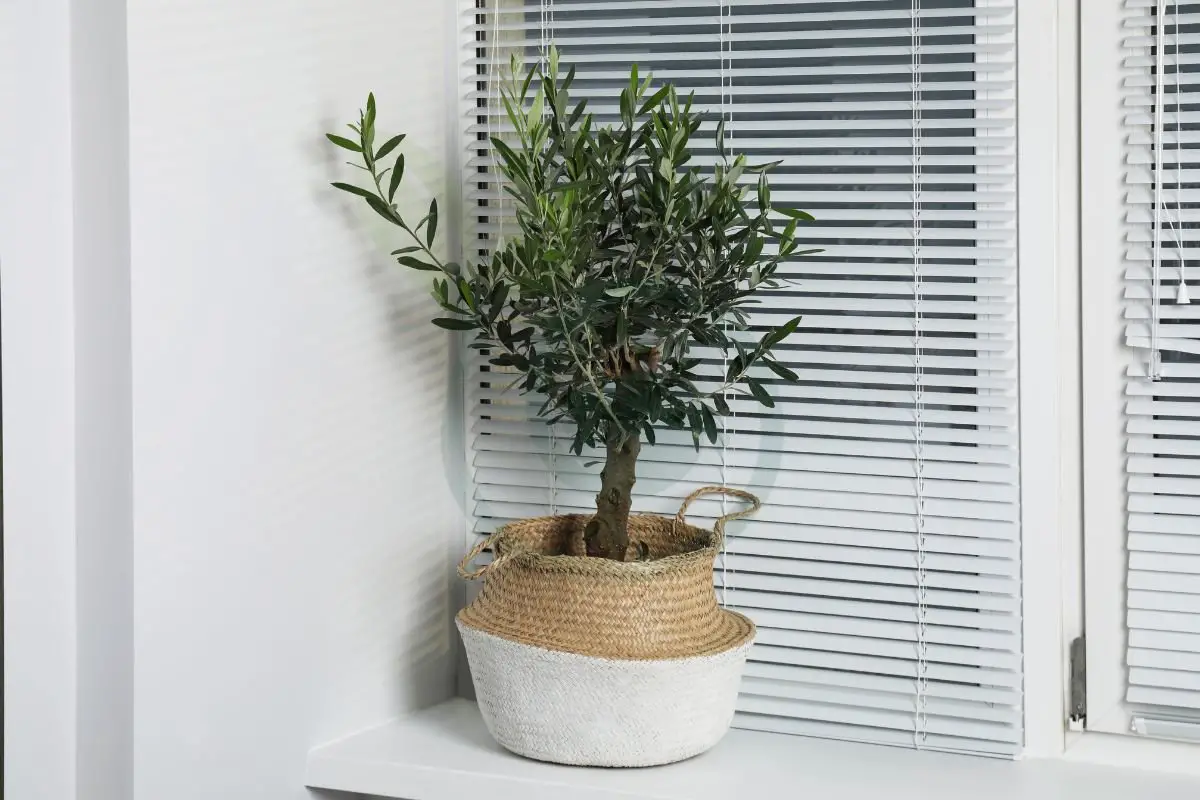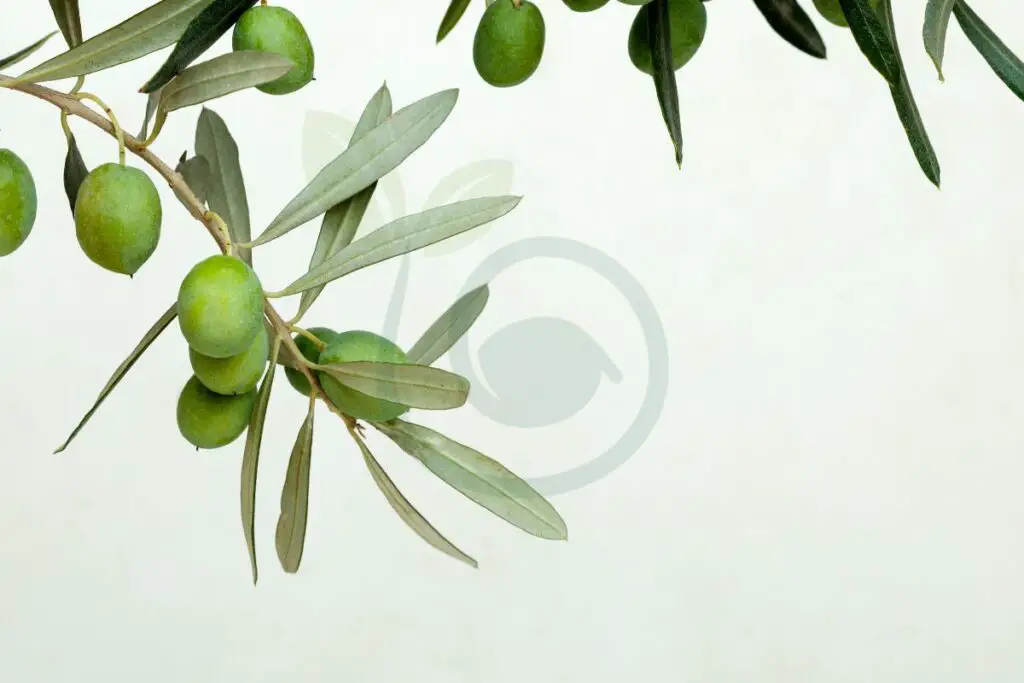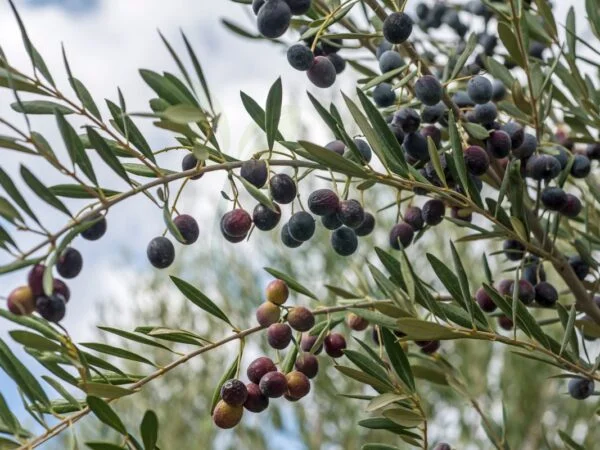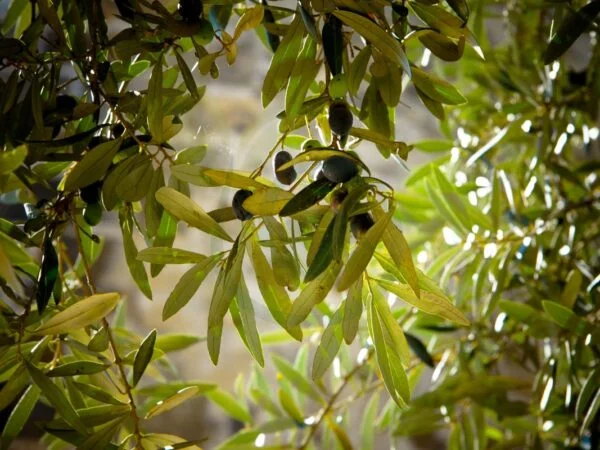
Curious about growing an olive tree indoors? The idea may seem far-fetched, but with the right care and conditions, it's entirely possible. Historically, olive trees have been revered for their symbolism of peace and prosperity since ancient times. Bringing this iconic tree into your living space can add a touch of Mediterranean charm while providing fresh olives.
Whether you're aiming to cultivate your own olives in a container or create a serene indoor oasis, understanding the nuances of nurturing an olive tree inside is key. From selecting the right variety to ensuring adequate sunlight and well-draining soil, we'll delve into all you need to know about successfully growing an olive tree indoors.
Key Takeaways
- Start small: Begin with a young olive tree to easily manage its growth indoors.
- Provide ample light: Place your indoor olive tree near a sunny window or use grow lights to ensure proper growth.
- Monitor watering: Avoid overwatering by letting the soil dry out slightly between waterings to prevent root rot.
- Regular pruning: Trim your olive tree to encourage growth and shape it for indoor spaces.
- Consider outdoor transition: Plan for moving your olive tree outdoors during warmer months to promote fruit production.
- Prepare for winter: Implement overwintering strategies like providing adequate light and protecting from cold drafts to help your olive tree thrive.
Benefits of Indoor Olive Trees
Air Purification
Indoor olive trees are like natural air filters, cleansing the air by trapping pollutants and releasing fresh oxygen. The leaves of these trees work tirelessly to purify the indoor environment, making your home a healthier place to live. By growing an olive tree indoors, you can actively contribute to cleaner and fresher air quality inside your living space.
- Olive trees filter out toxins
- Enhance indoor air quality
- Contribute to a healthier atmosphere
Aesthetic Appeal
The lush foliage and distinctive shape of indoor olive trees bring elegance and beauty into any room they adorn. Their silver-green leaves add a touch of sophistication, serving as eye-catching focal points in interior decoration. Introducing an olive tree indoors not only enhances aesthetics but also infuses a Mediterranean charm that exudes tranquility.
- Adds elegance to spaces
- Creates visual appeal
- Brings Mediterranean charm
Psychological Benefits
Studies have shown that being surrounded by indoor plants such as olive trees can reduce stress levels and promote relaxation. The presence of greenery indoors has a positive impact on mood, fostering overall well-being. Engaging in the care of an indoor olive tree offers therapeutic benefits while creating a serene ambiance within your home.
Choosing the Right Olive Tree
When considering growing an olive tree indoors, opting for dwarf varieties is crucial. Dwarf olive trees are specially designed to thrive in containers, making them perfect for indoor settings. By choosing a dwarf variety, you ensure that your indoor olive tree remains manageable in terms of height and spread.
Moreover, indoor-grown olive trees have the potential to live for several decades, offering long-term enjoyment and satisfaction. With proper care, these trees can become cherished companions over the years. The age of an indoor olive tree adds character and depth to its appearance, enhancing its aesthetic appeal significantly.
Planting Indoor Olive Trees
Potting Soil
When growing an olive tree indoors, the choice of potting soil is crucial. Opt for well-draining soil to ensure successful growth. You can either buy a soil mix designed for container plants or create your own using peat moss, perlite, and sand. Good drainage in the soil prevents waterlogging, maintaining healthy root conditions.
For indoor olive trees, adequate drainage is essential to avoid issues like root rot due to excess moisture. Make sure the container you choose has proper drainage holes that allow any extra water to escape easily. Enhancing drainage further can be done by adding a layer of gravel or small stones at the bottom of the pot.
Drainage Requirements
To prevent problems like root rot when cultivating an olive tree indoors, ensuring proper drainage is critical. The presence of drainage holes in the container facilitates effective water flow and avoids water accumulation at the roots' base. Adding gravel or small stones beneath the planting mix enhances overall drainage capacity.
Maintaining optimal moisture levels around indoor olive trees requires careful attention to their watering needs and preventing standing water situations that could lead to root diseases such as rotting.
Light and Temperature Needs
Sunlight Exposure
Indoor olive trees need at least 6 hours of direct sunlight daily to flourish. Placing your olive tree close to a south-facing window or using grow lights if natural light is scarce can help. Adequate sunlight exposure is vital for robust growth and encouraging fruit production in indoor olive trees.
To ensure the health of your indoor olive tree, it's crucial to provide the ideal temperature conditions. Olive trees thrive best indoors in temperatures ranging from 60°F (15°C) to 80°F (27°C). Avoid exposing them to extreme temperature changes, drafts, or cold air from air conditioning units. Consistently maintaining this temperature range mirrors their natural habitat and supports overall tree health.
Watering and Fertilizing
Watering Schedule
Indoor olive trees need infrequent watering to avoid overwatering. It's crucial to let the top inch of soil dry out before watering again. This method helps prevent root rot, keeping your olive tree healthy. Adjust the watering frequency based on factors like room temperature and humidity levels.
To maintain a thriving indoor olive tree, it is essential to monitor the moisture level of the potting soil regularly. By allowing some time between waterings, you mimic the natural drought-resistant conditions that olive trees thrive in. Remember, less is more.
Fertilizer Type
Choosing the right fertilizer for your indoor olive tree is vital for its growth and health. Opt for a balanced, slow-release fertilizer specifically designed for woody plants to provide essential nutrients gradually throughout the growing season. During spring and summer - periods of active growth - apply fertilizer as directed on the packaging.
Over-fertilizing can be detrimental to your indoor olive tree's health as excessive nutrients can cause leaf burn or hinder its development. Strike a balance by following recommended guidelines regarding fertilization frequency and dosage.
Pruning and Maintenance
Pruning Techniques
Regular pruning is essential for your indoor olive tree's health and appearance. It helps in shaping the tree and encouraging new growth. When pruning, focus on removing any dead or damaged branches to promote overall tree vitality. Watch out for suckers or shoots growing at the base of the tree; these should be trimmed as well to direct energy towards healthy growth.
Prune your indoor olive tree during late winter or early spring before new growth starts. This timing allows the plant to recover quickly from pruning stress and ensures optimal results. By following proper pruning techniques, you can maintain a manageable size for your indoor olive tree while fostering its development.
Pest Management
While indoor olive trees are generally hardy against pests, occasional infestations may still occur. Regularly inspect your plant for signs of common pests like aphids, scale insects, or spider mites that could harm its health. If you notice any pest activity, act promptly to prevent further damage.
To manage pests effectively, consider using organic solutions such as insecticidal soap or neem oil. These options are gentle on the environment while being tough on unwanted visitors like aphids or spider mites that might threaten your indoor olive tree's well-being.
Growing Fruit Indoors

Pollination Needs
Olive trees can be grown indoors since they are self-fertile, meaning they don't need another tree for pollination. However, indoor olive trees might require manual assistance for pollination. You can gently shake the branches or use a soft brush to transfer pollen.
Adequate air circulation around your indoor olive tree is crucial for natural pollination. This helps in ensuring that the pollen reaches the pistil and fertilization occurs. By providing proper care and attention to these growth needs, you can successfully grow an olive tree indoors.
Fruit Harvesting
Growing an olive tree indoors can lead to a rewarding experience of harvesting your own olives. When the olives reach their desired size and color, typically in late summer or early fall, it's time to harvest them from your room-grown tree. Once harvested, allow the olives to cure properly before consuming them or processing them into delicious homemade olive oil.
Harvesting olives from your indoor-grown tree allows you to enjoy fresh produce right from your home environment. It's a satisfying feeling knowing that you've nurtured the plant through its various stages of new growth, leading up to harvesting ripe fruit like olives.
Moving Trees Outdoors
Acclimatization Process
When transitioning an outdoor olive tree indoors, it's crucial to acclimate it gradually to lower light levels. Begin by placing the tree in a shaded indoor area before moving it closer to its final location with increased light exposure. This slow adjustment helps prevent shock and allows the tree to adapt smoothly to its new indoor environment.
This acclimatization process is essential for the olive tree's well-being as sudden changes in light conditions can stress the plant. By slowly introducing it to reduced light levels, you give the tree time to adjust and thrive indoors without experiencing significant setbacks due to environmental changes. Remember, a gradual transition is key when moving plants between different lighting environments.
Seasonal Timing
Late winter or early spring serves as the optimal period for repotting or transplanting indoor olive trees. During this dormant phase, pruning should also be carried out to encourage fresh growth in the upcoming season. Adjusting watering and fertilizing routines according to seasonal variations and growth patterns of your indoor olive tree will support its overall health and development.
Overwintering Strategies
Temperature Control
To successfully grow an olive tree indoors, it's crucial to protect it from extreme temperature changes. Placing the tree away from drafty spots and avoiding proximity to heating vents or radiators is essential. By maintaining a stable temperature range, you can ensure the olive tree's healthy growth and prevent undue stress on the plant. This strategy helps mimic its natural habitat conditions.
Indoor olive trees require consistent light exposure for balanced growth. Monitoring their lighting conditions regularly enables you to adjust the tree's position accordingly. Rotating the pot periodically prevents lopsided growth, encouraging even distribution of foliage. Whether relying on natural light or artificial grow lights, assessing and adjusting light intensity ensures that your indoor olive tree thrives in optimal conditions.
So, there you have it - a comprehensive guide on growing olive trees indoors. By now, you know the benefits of having these beauties in your home, how to select the perfect olive tree, and the care routines they require. From providing adequate light and maintaining the right temperature to mastering watering and fertilizing techniques, you're all set to nurture your indoor olive tree successfully. Remember, pruning and regular maintenance are key to ensuring your plant thrives and possibly yields fruit.
Now it's time for you to roll up your sleeves and get your hands dirty - quite literally! Start implementing what you've learned, and soon enough, you'll be enjoying the sight of your flourishing indoor olive tree. Don't hesitate to reach out for help or advice along the way. Happy planting!
Frequently Asked Questions
Can olive trees grow indoors successfully?
Yes, olive trees can thrive indoors if provided with adequate light, well-draining soil, and proper care. Choose a dwarf variety for indoor cultivation to manage its size.
How often should I water an indoor olive tree?
Water your indoor olive tree when the top inch of the soil feels dry to the touch. Ensure good drainage to prevent waterlogging, which can lead to root rot.
Do indoor olive trees require special fertilization?
Indoor olive trees benefit from a balanced fertilizer applied during the growing season. Use a slow-release fertilizer or dilute liquid fertilizer according to package instructions for optimal growth.
When is the best time to prune an indoor olive tree?
Prune your indoor olive tree in late winter or early spring before new growth emerges. Remove dead or damaged branches and shape the tree for improved air circulation and fruit production.
Can I expect my indoor olive tree to bear fruit?
While it's possible for indoor olive trees to produce fruit under ideal conditions, it may take several years before you see significant yields. Consider hand-pollinating flowers to encourage fruit development indoors.
Image Source: Paid image from CANVA




